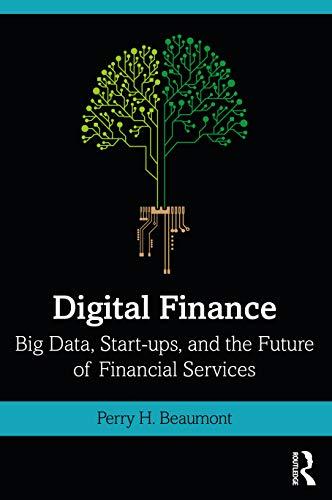Question #2 (20 Points): An engineer with Tesla Technologies estimated the Equivalent Annual Costs of a presently owned machine as follows: Years Retained Equivalent Annual Costs 1 92,000 2 81,000 3 87,000 The engineer wants to replace it with a new machine that will cost $100,000 to purchase. The annual operating cost of the new machine is $30,000 in year 1, increasing by $15% per year thereafter. There is no salvage value for this new machine (it is worthless after use). The new machine has a maximum useful life of 4 years. The interest rate is 12% per year. a) Calculate the ESL and the associated Equivalent Annual Cost of the new machine. b) Based on the above, what should be the decision of the engineer? Decision 1: Replace the old machine Now Decision 2: Retain the old machine till the end of its useful life Decision 3: Retain the old machine for one more year then re-do the replacement analysis then? Please justify to receive the full point. c) The current machine was bought three years ago for $150,000. The current value of that machine is $50,000. The market value of the machine after 1 year is going to be $10,000. The operation cost of this machine at year 1 (from now not from the date of purchase) is $44,550. Based on this was the engineer's calculation of the red number in the table correct? If no, then what should be the correct number? Question #2 (20 Points): An engineer with Tesla Technologies estimated the Equivalent Annual Costs of a presently owned machine as follows: Years Retained Equivalent Annual Costs 1 92,000 2 81,000 3 87,000 The engineer wants to replace it with a new machine that will cost $100,000 to purchase. The annual operating cost of the new machine is $30,000 in year 1, increasing by $15% per year thereafter. There is no salvage value for this new machine (it is worthless after use). The new machine has a maximum useful life of 4 years. The interest rate is 12% per year. a) Calculate the ESL and the associated Equivalent Annual Cost of the new machine. b) Based on the above, what should be the decision of the engineer? Decision 1: Replace the old machine Now Decision 2: Retain the old machine till the end of its useful life Decision 3: Retain the old machine for one more year then re-do the replacement analysis then? Please justify to receive the full point. c) The current machine was bought three years ago for $150,000. The current value of that machine is $50,000. The market value of the machine after 1 year is going to be $10,000. The operation cost of this machine at year 1 (from now not from the date of purchase) is $44,550. Based on this was the engineer's calculation of the red number in the table correct? If no, then what should be the correct number







